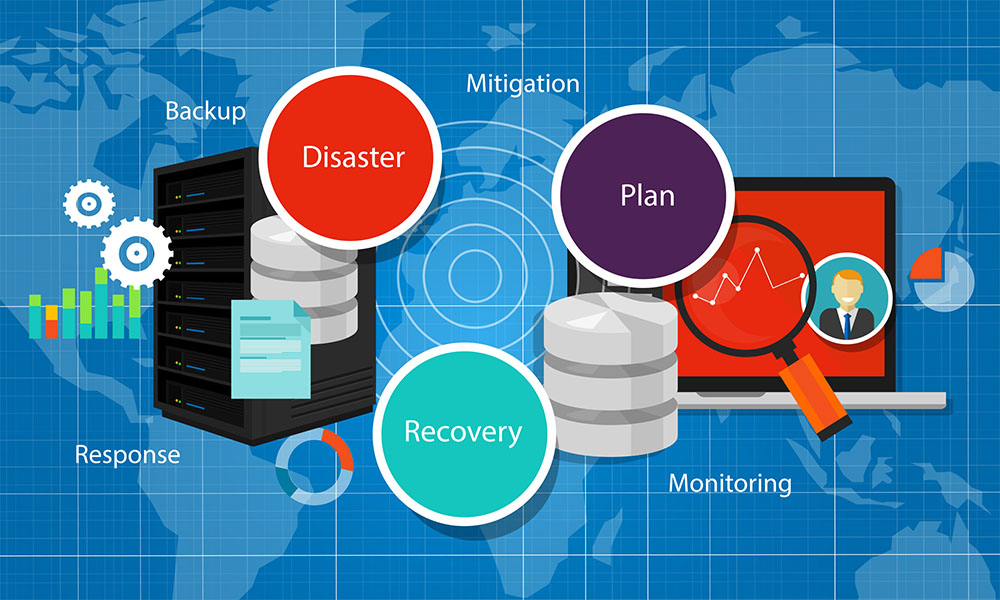
Disaster recovery and business continuity for small businesses
Disaster recovery and business continuity are two sides of the same coin. Disaster recovery gets you up and running again as quickly as possible after disaster strikes, while business continuity allows you to “keep calm and carry on” in a broader sense.
It can include plans to ensure “business as usual” even if your workplace is unavailable, but it also includes broader issues such as thinking of what could happen if key staff became unavailable and thinking about the impact of staff moving on for whatever reason. Both disaster recovery and business continuity cover three, key issues:
1. How employees will communicate (and with whom)
First of all, you need to have a means of contacting employees in an emergency and a process by which they can contact you in an emergency.
Ideally, you want to have at least two contact options (belt and braces). Remember, that in a major incident, phone networks can become jammed, which means you may not be able to rely on calls and texts getting through straight away, so think about other options such as emails or social media.
You also need to think about keeping these details accessible in the event of your internet connection becoming unavailable.
2. Where employees will work
If you face a physical disaster such as a fire at your office, you will need to think about where your employees will work.
It is not wise to assume that most staff will just be able to work from home if something has come up that means they cannot access your physical office. The good news is that this is an increasingly feasible prospect, but will need to addressed with care, keeping the interests of security in mind.
For example, you will want to have some sort of secure-access protocol governing remote access to company servers. You may also want to think about equipping key staff with laptops and portable WiFi hotspots that can be activated if there is an internet infrastructure failure.
Some staff will need to be on some kind of site to function effectively, which means you will need to think about finding somewhere for them to be and thinking carefully about the practical logistics of this location.
3. How employees will be able to continue to work
What do employees need to do their jobs effectively and how will you provide it to them?
Obviously, it has to be said that this will vary from role to role, but, as a general rule, using Internet-based services has all kinds of advantages when it comes to disaster recovery and business continuity.
The more you can make work an ‘activity’ rather than a ‘place’, the better you are likely to be able to manage a major incident that makes your workplace unavailable (or any other type of major incident for that matter). Similarly, keeping an offsite copy of key data can also do a lot to get you up and moving again when you start trying to recover from your crisis.



